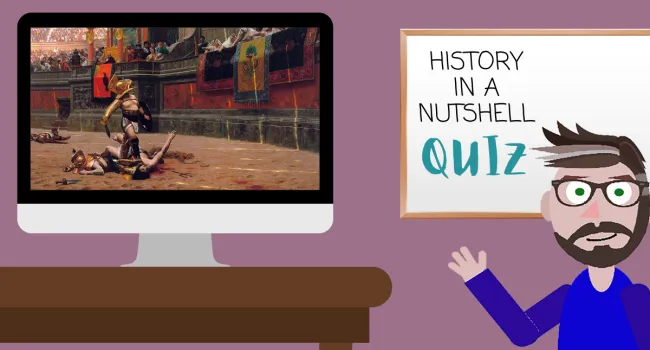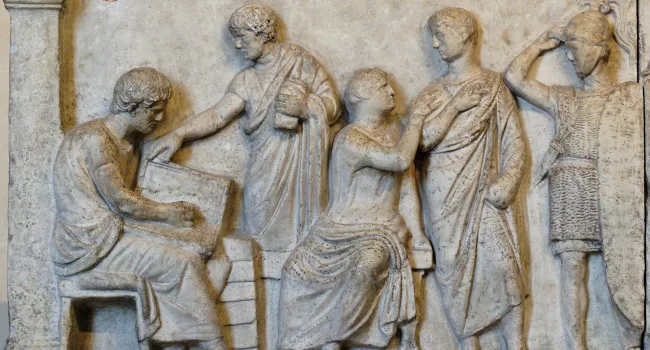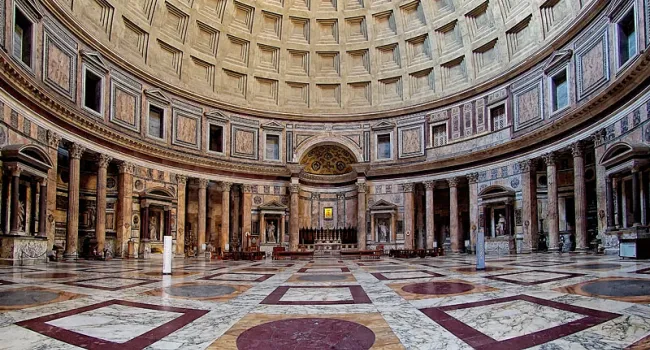Rome had transitioned from a republic, to imperial rule. The previous civil wars left Rome in ruins, but Augustus Caesar repaired Rome, and ushered in a two hundred year period of stability known as Pax Romana, or Roman Peace. During the Pax Romana, Rome would see a series of emperors- some admirable, such as Augustus or Marcus Aurelius, and some wicked, like Caligula and Nero. In the midst of these rulers, a new religious movement known as Christianity was forming, which would ultimately shape Roman history forever. Rome gradually became too large to sustain itself, and eventually collapsed. Political instability, plagues, economic hardships, and constant attacks from barbarians eventually took their toll. The Eastern Roman Empire would survive for another thousand years as the Byzantine Empire, while the Western Roman Empire collapsed, and plunged Western Europe into the Dark Ages.
The rise and fall of Rome would influence Western Civilization as it is known today.
Standards
- 3.5.1.HS Investigate and explain the economic, social, and political motivations behind human exploration of Earth.
- 3.5.2.AG Use maps and other geographic representations to identify exploration patterns throughout Earth history.
- 6.1.P Analyze the shift from early to classical civilizations and the enduring contributions of classical civilizations.
- 7.4 Analyze the cultural, economic, environmental, physical, political, and population geographies of contemporary Europe.
- This indicator was designed to encourage inquiry into the distribution and pattern of culture traits within the European continent, how they emerge, and how those patterns can change over time as they diffuse to other locations or contract and even disappear when confronted by other culture traits.
- This indicator was developed to encourage inquiry into the crucial events and conflicts that led to the ratification of the United States Constitution. This indicator also encourages inquiry into the major debates and compromises at the Constitutional Convention and how economic, political, and social goals impacted the formation of the new government.
Resources
You need to be logged in to listen to view this content. Create an account now; it's quick, easy, and free!
Log In to View




